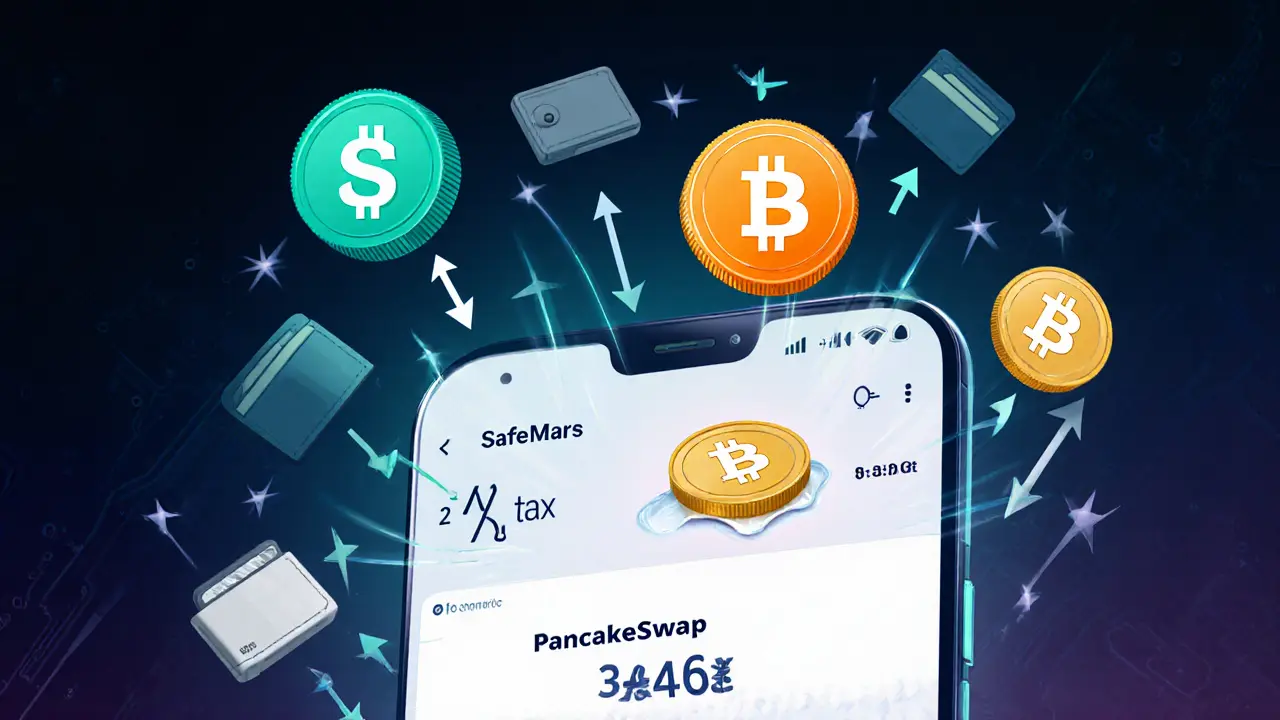Deflationary Token: What It Is and Why It Matters
When talking about Deflationary Token, a cryptocurrency built to shrink its circulating supply over time, usually via automatic burns or fee‑based reductions. Also known as burn token, it creates scarcity, which can drive price appreciation if demand stays steady. This model deflationary token concept has popped up in dozens of projects, from meme coins to serious DeFi utilities, and it shapes how investors think about risk and reward.
Key Concepts Behind Deflationary Tokens
One core pillar is Tokenomics, the set of rules governing supply, distribution, and fee structures in a crypto project. Good tokenomics requires smart‑contract logic that automatically burns a portion of each transaction, so the supply curve tilts downward as the network grows. Another pillar is the Airdrop, a free distribution of tokens to early users or community members. Airdrops can seed a deflationary token with a broad base of holders, which in turn fuels liquidity on Crypto Exchanges, platforms where users trade digital assets. When an exchange lists a deflationary token, traders get instant access to buying and selling, and the burn mechanics keep the order books tight. All of this runs on a Blockchain, the decentralized ledger that records each burn, transfer, and airdrop event. The blockchain provides transparency, ensuring that every token reduction is verifiable and that the community can trust the supply numbers.
Putting these pieces together creates a clear cause‑and‑effect chain: a token’s burn rules (deflationary token) influence its tokenomics, tokenomics shape how airdrops are structured, airdrops drive early adoption, and adoption pushes exchanges to list the asset, which then amplifies market activity on the underlying blockchain. This loop explains why many of the articles on our site – from licensing guides for crypto businesses to deep dives on specific coins like FIWA or BonusCake – keep circling back to these core ideas. Below, you’ll find practical guides, exchange reviews, and regulatory insights that all touch on how deflationary mechanics affect real‑world projects. Browse the list to see how developers design burn functions, how traders evaluate supply‑side risks, and how regulators view these shrinking‑supply models.

SafeMars (SMARS) Crypto Coin Explained: How It Works, Tokenomics & Risks
Oct 8, 2025, Posted by Ronan Caverly
Learn what SafeMars (SMARS) crypto coin is, how its 4% tax works, market performance, buying steps, risks, and future outlook in this detailed guide.
MORESEARCH HERE
Categories
TAGS
- decentralized exchange
- crypto exchange review
- cryptocurrency
- crypto coin
- CoinMarketCap airdrop
- smart contracts
- tokenomics
- cryptocurrency exchange safety
- crypto exchange
- cryptocurrency airdrop
- crypto airdrop
- cryptocurrency exchange
- crypto airdrop guide
- blockchain token distribution
- DeFi
- crypto exchange scam
- crypto airdrop 2025
- Ethereum
- cross-chain interoperability
- ERC-20
